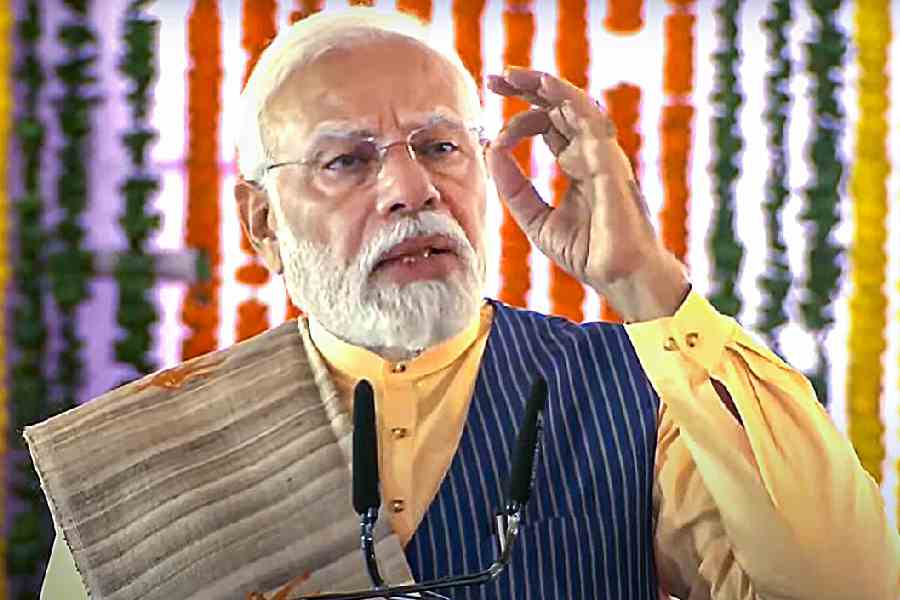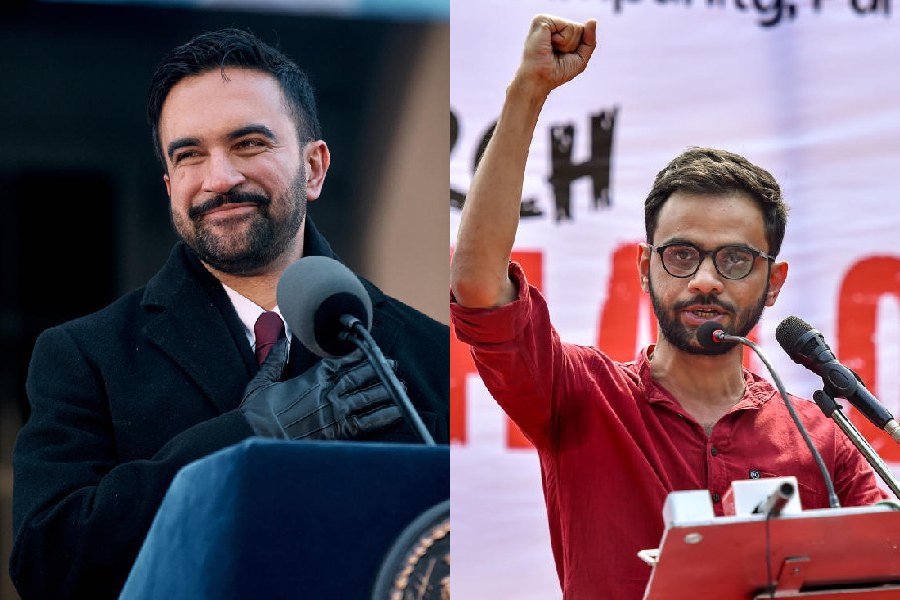The Socio-Economic Caste Census that the central government carried out in 2011-12 threw up a tangled mess of overlapping data, a fiasco that could have been avoided had it followed the methodology of Bihar’s caste survey, a former bureaucrat said.
The Narendra Modi government has not yet published the SECC caste data, with the process of untangling it still incomplete. Critics call this just a pretext, alleging the government’s real fear was that publishing the data could lead to calls for raising the reservation volumes -- as the Bihar survey has now done.
However, the SECC would have spared itself the mess had it adopted the methodology of the Bihar caste survey, said N.K. Sahu, a retired bureaucrat who had been among those who helmed the SECC. He is now a researcher at the Inferential Survey Statistics and Research Foundation, Delhi.
The SECC was conducted jointly by the rural development ministry, housing and urban poverty alleviation ministry, and the Registrar General of India. It asked households about their caste apart from assets such as telephones, motorcycles, land and pucca houses, and details like tax payment.
According to a media release issued by the Press Information Bureau on July 16, 2015, the SECC had thrown up about 46 lakh “castes” --- comprising genuine castes, alternative caste names, sub-castes, surnames, clans and gotras.
While the government released the economic data in 2015, it set up a committee under then Niti Aayog vice-chairman Arvind Panagariya to sort all the households by genuine caste names and ascertain the caste-wise economic situation. The committee, which never met, is yet to hand in its report.
However, Bihar’s caste survey could be released within 16 months of the decision to conduct it. The surveyors had been given a list of 214 castes beforehand along with a 215th category -- “Others”. Predictably, the survey identified just 214 castes in the state without overlap.
The SECC surveyors did not possess any list of castes, said Sahu, who handled the census on behalf of the rural development ministry.
“In the Bihar survey, the enumerators fed the household data under the respective caste heads. But in the SECC, the questions were more open-ended. The numerators asked the households for their caste,” Sahu said.
“Some people told their surname, some their gotra, and some their castes. As a result, the SECC threw up several lakh ‘caste names’ that were not castes.”
Still, he said, the initial SECC “caste” data could easily have been reclassified along genuine caste lines.
Sahu said the Bihar survey wrote the caste names in Hindi, thus taking care of phonetic variations. The SECC questionnaire was in English.
‘Focus shift’
Economist Sunil Ray, former director of the A.N. Sinha Institute, Patna, said the Bihar caste survey – which has put the combined count of OBCs and EBCs in the state at 63 per cent of the population – had shifted the focus of the reservation debate.
He said that while people earlier debated “the necessity of reservation”, the discussion now centred on whether the quota volumes needed to be revised for certain castes.
Currently, Bihar gives 34 per cent reservation to the OBCs, which includes a sub-quota of 18 per cent for the EBCs (Extremely Backward Classes).
Ray advocated the introduction of economic criteria for “positive discrimination” among people within the same disadvantaged groups to avail reservation, “since opportunities are limited”.
Currently, the “creamy layer” cut-off applies to OBC reservation but not to the Scheduled Castes and Scheduled Tribes.
“It is possible to evolve an economic-criteria-based policy for positive discrimination to ensure that needy persons among the SCs, STs and OBCs get the benefits,” Ray said.
He added that job reservation was not enough: “What is more important is the creation of employment and income opportunities.’











